Room Air Control
Fume Hoods are not standalone devices and form a critical part of the overall lab ventilation system. Proper integration between the hood controllers, room controllers, and building systems is essential for a safe and energy-efficient lab space. At GD Waldner, we have learned from decades of project experience and developed our own laboratory control that helps to create customer-specific, adaptable laboratory control systems with the highest degree of energy efficiency. The GD Waldner Airflow-Controller AC4 is the latest version of our laboratory control system. Demand-led air flow damper control provides for the energy-optimized operation of laboratories and thus maximum safety and efficiency, thereby helping us to create the labs of the future today.
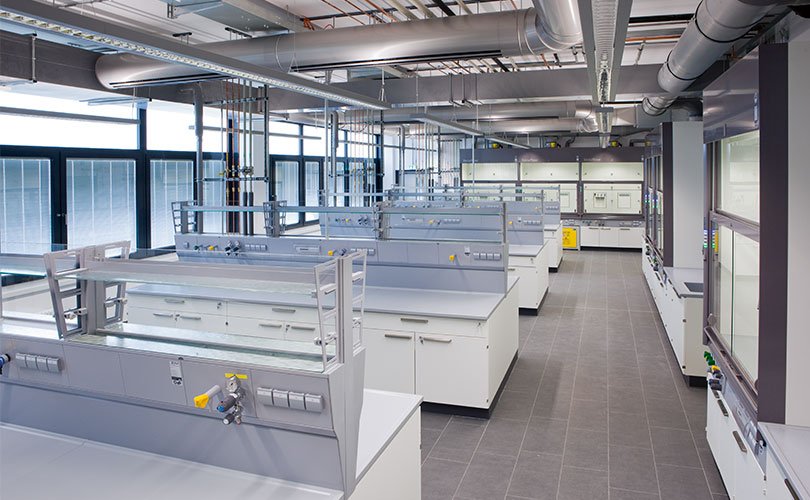
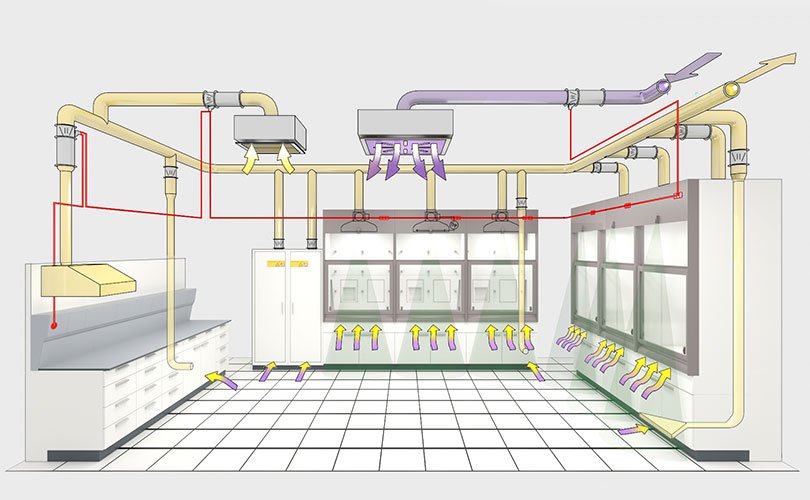
The AC4 module records the individual exhaust air volumes of all the exhaust units in the laboratory and calculates a total air volume from this. Some of the key features include
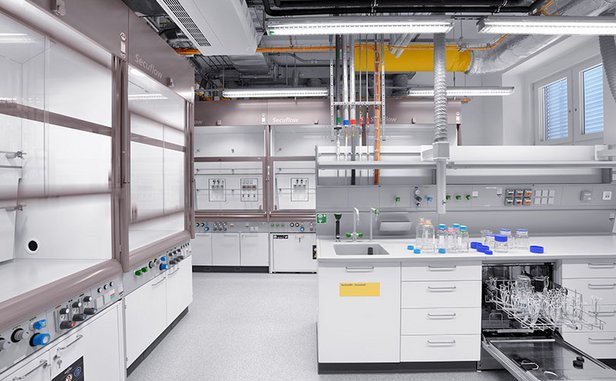
When the sash is closed, the extract air volume is automatically reduced and increased as required when the sash is open.

A motion sensor monitors the sash of the fume hood. If no movement is detected in front of the fume hood within a specified period of time, the sash closes automatically.
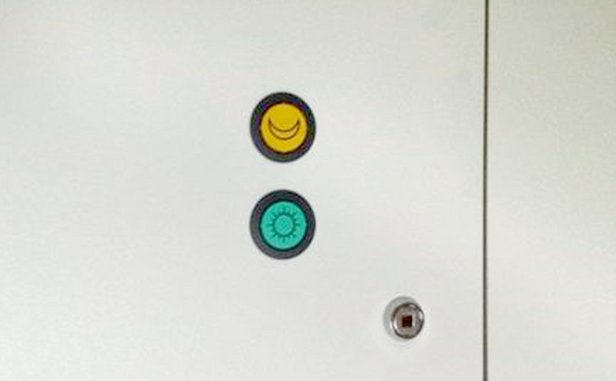
The room air exchange is regulated to a minimum value at night.
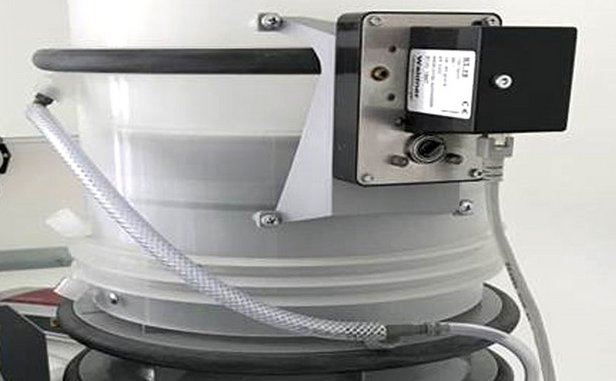
The air flow damper needs to regulate quickly and precisely for a fume hood to guarantee its protective pollution retention objectives. This guarantees that the required extract air volume flow is ensured when the sash is opened.

The sound pressure level of ventilation systems must be kept below 52 dB(A) in accordance with DIN 1946 Part 7. To minimise the impact of the extract air volume control on the sound emissions, Waldner uses flow-optimised volume flow measurements based on the Venturi principle.

The display shows system-relevant data, such as target and actual values, energy consumption data, function of the Secuflow fan, maintenance intervals as well as warnings and alarms.
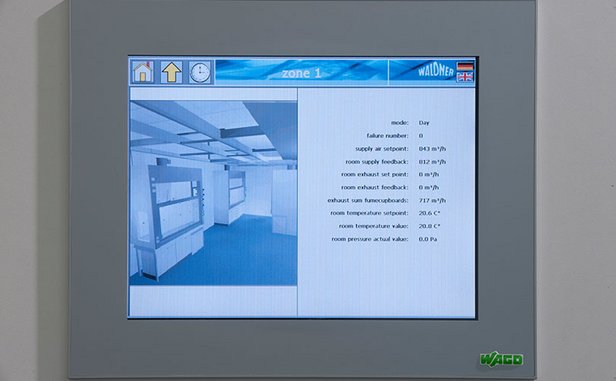
The fume hood and control are perfectly coordinated with AC4.
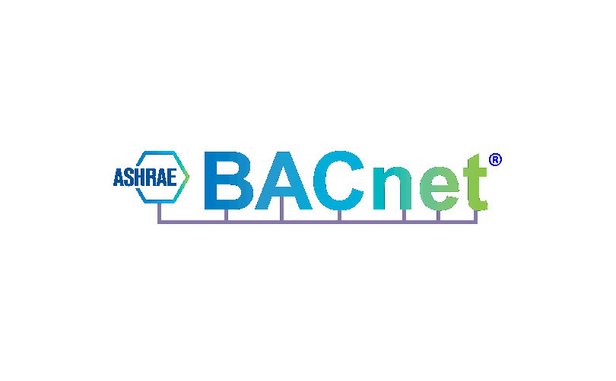
BACnet, which complies with the ASHRAE 135 and ISO 16484-5 standards, has established itself as a standard for communication between control components in laboratories and the building management system (BMS).

From the simple stand-alone solution using air management with all the required air flow dampers to comprehensive laboratory control with temperature (heating/cooling), light and shading